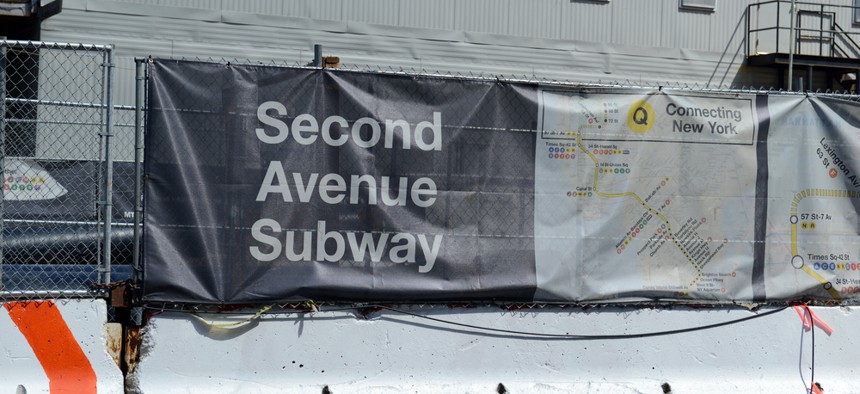A proposal in the state executive budget would raise revenue for the Metropolitan Transportation Authority by creating transportation improvement districts that would capture a share – up to 50 percent – of increased New York City property taxes within the districts. One version would take 50 percent for specific districts around New York Penn Station and the new Second Avenue subway stations and up to 75 percent for future districts.
While value capture makes sense in theory, any such arrangement should be tailored to specific projects and circumstances. Instead, the current proposal broadly claims increases in property values around subway stations are or will be attributable to transit improvements and asserts the right of the MTA to apportion city revenues, usurping the city’s control over its own tax dollars.
The proposal’s proponents cite the success of the No. 7 line extension to Hudson Yards, where the city mostly financed the cost of the capital project with tax revenue generated by nearby properties. But Hudson Yards differs from the transportation improvement districts in the new proposal in three important ways.
First, extending the No. 7 line to Hudson Yards truly increased the value of property in a previously undeveloped part of Manhattan. That is, the more than 18 million square feet of new office, residential and retail space currently being planned or built would not have happened without the subway expansion. The same cannot be said for midtown or the Upper East Side. Though the first phase of the Second Avenue subway and a modern Penn Station – both of which would be the center of transportation improvement districts in the MTA’s proposal – might add some value to nearby properties, proximity to existing mass transit and public services play a much larger role in past and current development. This would be an insufficient basis for diverting property tax revenue around these projects from the city to the MTA.
Second, the scope of the Hudson Yards project and size of the project’s budget were negotiated between the city and the MTA from the outset. Moreover, once the outline for the Hudson Yards project was established, the city chose how to raise the necessary funds, using a combination of development bonuses and payments in lieu of taxes.
Third, the No. 7 extension agreement was initiated and championed by then-Mayor Michael Bloomberg and approved after deliberation by the City Council. The mayor and council – not the governor and the state Legislature – should determine how the city’s property tax revenue is going to be spent. That is what they are elected to do.
Financing capital projects with a portion of increased tax revenue from properties benefiting from the investments can be an effective tool; indeed, the MTA worked productively with the city to devise a tailored and successful value capture project at Hudson Yards. But the current proposal does not adhere to best practices and grants the MTA authority that is too broad in creating the districts, the share of revenues taken and in limiting city leaders’ role in the process.
Dedicating future tax revenue to a mass transit project instead of other needs like public safety, education or housing is a policy choice that should be made by the city on a case-by-case basis in a way that is transparent and accountable to taxpayers.
NEXT STORY: The MTA is leaving disabled New Yorkers behind


